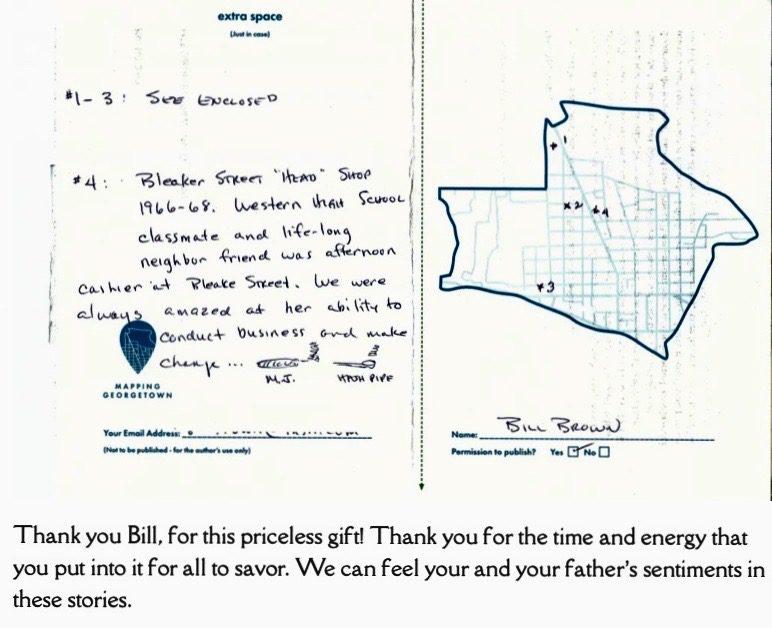
Whereas some companies build isolated products, ByteDance has purposefully built a central user profile interest graph. Five particular product growth strategies stand out as having driven the platform’s continued success since the loss of Zhing. Just like ByteDance is not just TikTok, ByteDance is not just Zhing Yiming.

How has TikTok done it? 5 Key Factors Driving TikTok’s Product Growth New CEO Shou Zi Chew has managed a Tim Cook-like succession. Like Jack Ma, he was quieted.ĭespite TikTok having lost its legendary founder, it has emerged in the past year as stronger than ever. The Guardian minced no words pointing at the culprit: “As the Chinese government tightens its control of China’s tech sector and maintains pressure on the industry’s domestic entrepreneurs.” He was removed by the Chinese government, because he was getting too powerful. Then, abruptly, in May, 2021 Zhing announced he was stepping down. In spite of US and Chinese governmental hangups, metrics kept going up. For the following three years, the company enjoyed a nearly unstoppable ascent. Celebrities like Jimmy Fallon and Tony Hawk used the platform. It led to an explosion of usage of Tiktok in 2018. So, in November 2017, Zhing led Bytdance to purchase a Western app similar to Douyin to catalyze its user base: Musical.ly for ~$1B USD. Of course, Zhing was happy.īut he was also hungry for more. It can be pronounced in every corner of the world, in every language, in much the same way!Īfter releasing internationally as TikTok, the app quickly rose to the top of the rankings in countries like Thailand. He wanted the product to be ready for global domination, not just Chinese domination. But Zhing felt that it was the right name. As the team was going through names and A/B testing them, they began to lean against the name TikTok. He took a personal role in the incubation of such a product. He wanted Douyin to be a massive international product that did not stop growing. It was a massive success.īut Zhing, again, was unsatisfied. Within a year, Douyin grew to 100M downloads. It was squarely focused on short video sharing. In 2016, the company built and released Douyin with a team of 8 in 200 days. Instead of moving into fancy offices, he pushed the company to have a drive to compete. After having massive success with Toutiao, and growing it to 100M DAU, Zhing did not let up. So, the company started with a news feed. Why don’t we follow the example of Facebook? In the early days of ByteDance, he was known to ask: History: Losing ZhingīyteDance is a legendary company, and its founder Zhing Yiming is legendary as well.īyteDance was founded 15 months after Zhing watched, “The Social Network.” He was deeply moved by the story of Facebook. How has TikTok managed to do so well in the past year post-Zhing? It’s been a combination of 5 key factors.īut before we get there, let’s start with a quick history catch up. more than double Netflix in total watch minutes.surpass Google as the most popular site in the world.

overtake YouTube in average watch time in the US.It took its horrible string of luck on the china and proceeded to: Yet, against all these odds, TikTok has emerged like a phoenix rises from the ashes. Suddenly, everyone was playing TikTok’s game, and it had lost its leading man. Instagram launched Reels, YouTube launched Shorts, and Snapchat launched Spotlight. Meanwhile, big tech was rolling in with the copycats. TikTok could not have endorsed a worse string of luck. Then, as soon as the road ahead was looking brighter for TikTok, its founder-CEO Zhing Yiming was removed from his post by the Chinese government. It was not until Trump lost the presidential election, the Biden administration came into power, and then suspended legal actions against TikTok that its fate in the US was even clear.

Kevin Mayer, TikTok’s new, American CEO, abruptly departed after three months on the job. Then, the fate of TikTok was held in limbo for months, as a deal to sell its US operations to Oracle and Walmart was held up by Chinese regulators. Then president Donald Trump had signed two executive orders that sought to force TikTok to divest its US operations. Yet, as recently as two years ago, TikTok’s future in the US was not even certain.


 0 kommentar(er)
0 kommentar(er)
